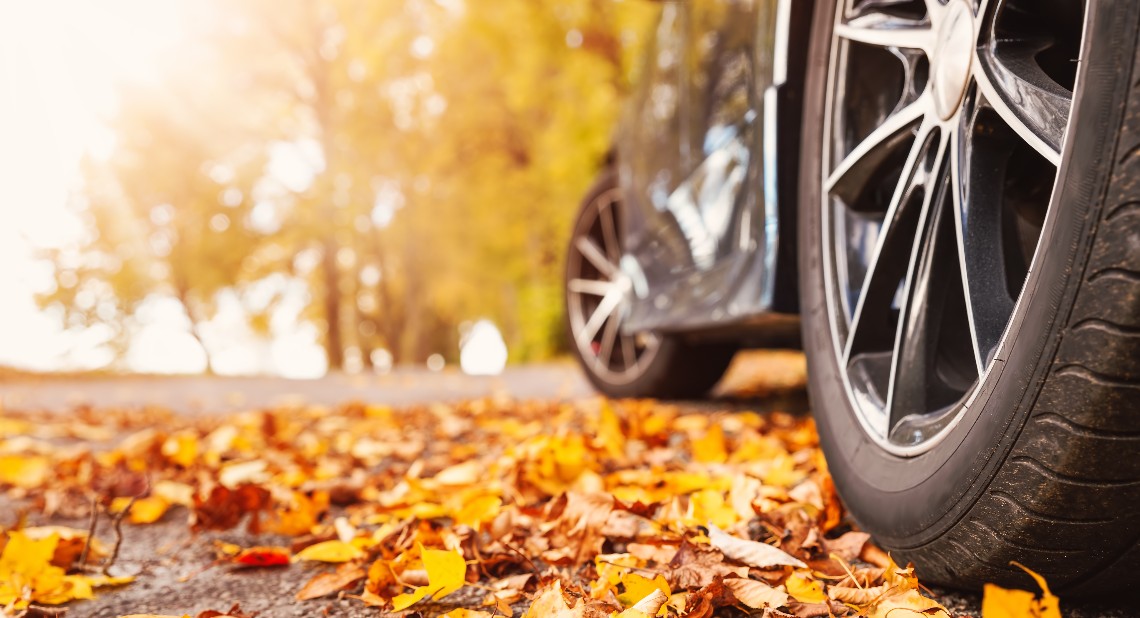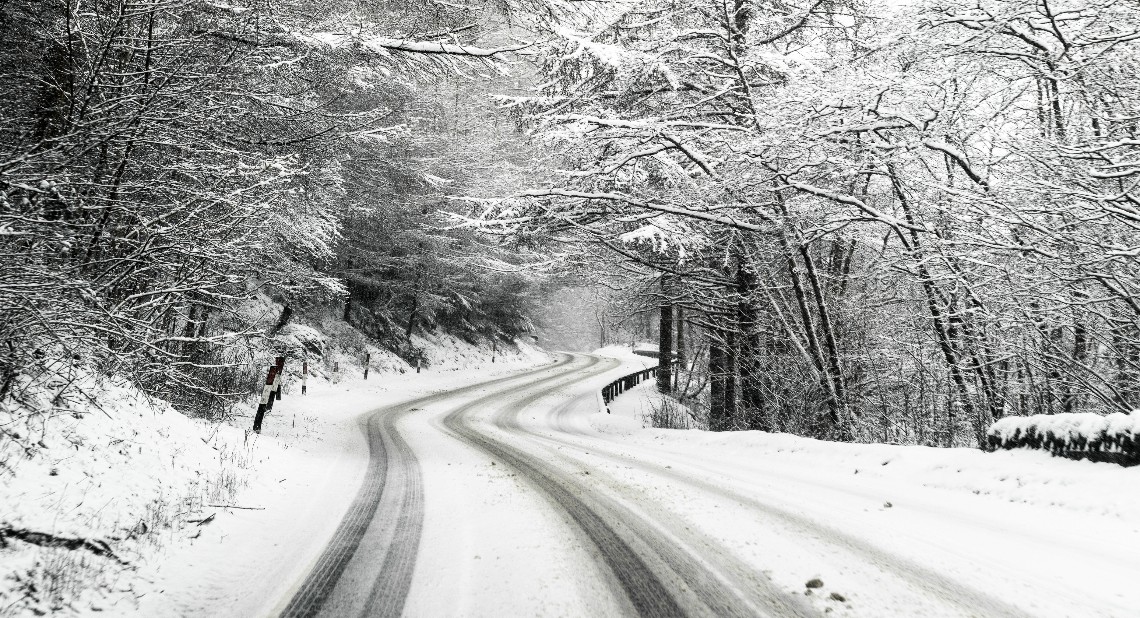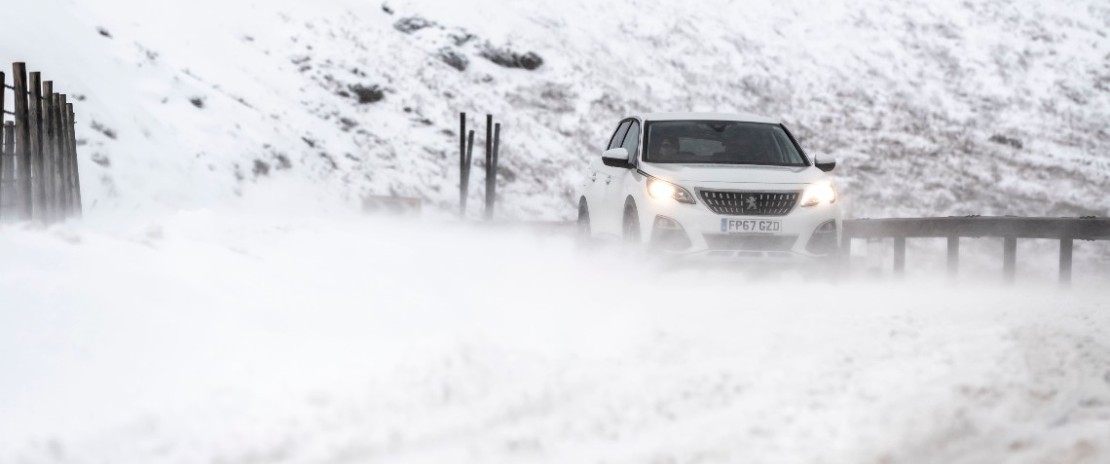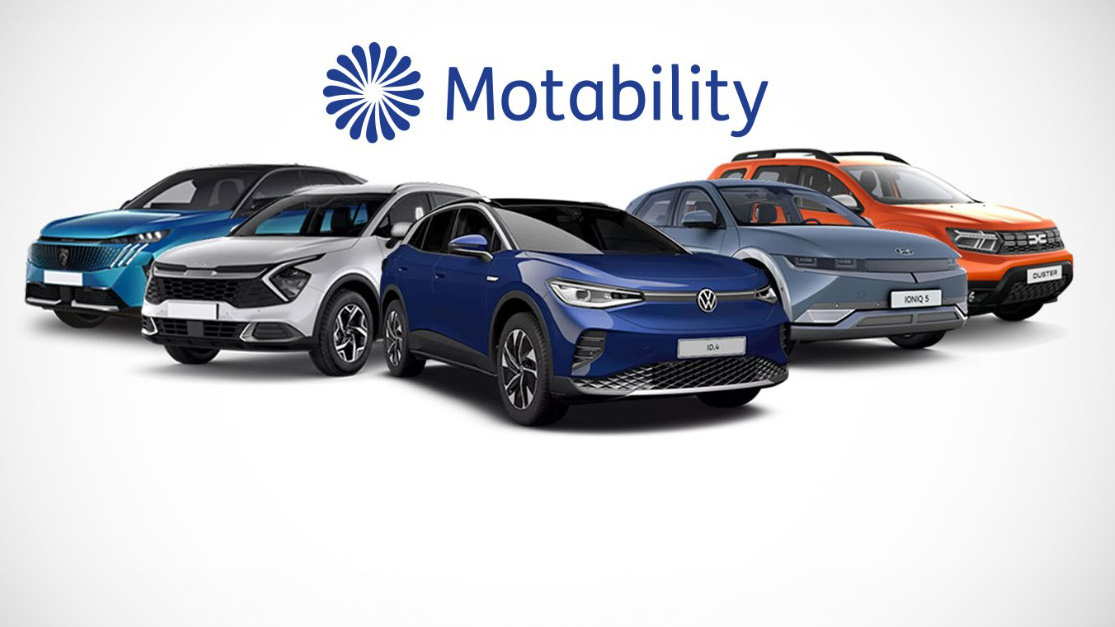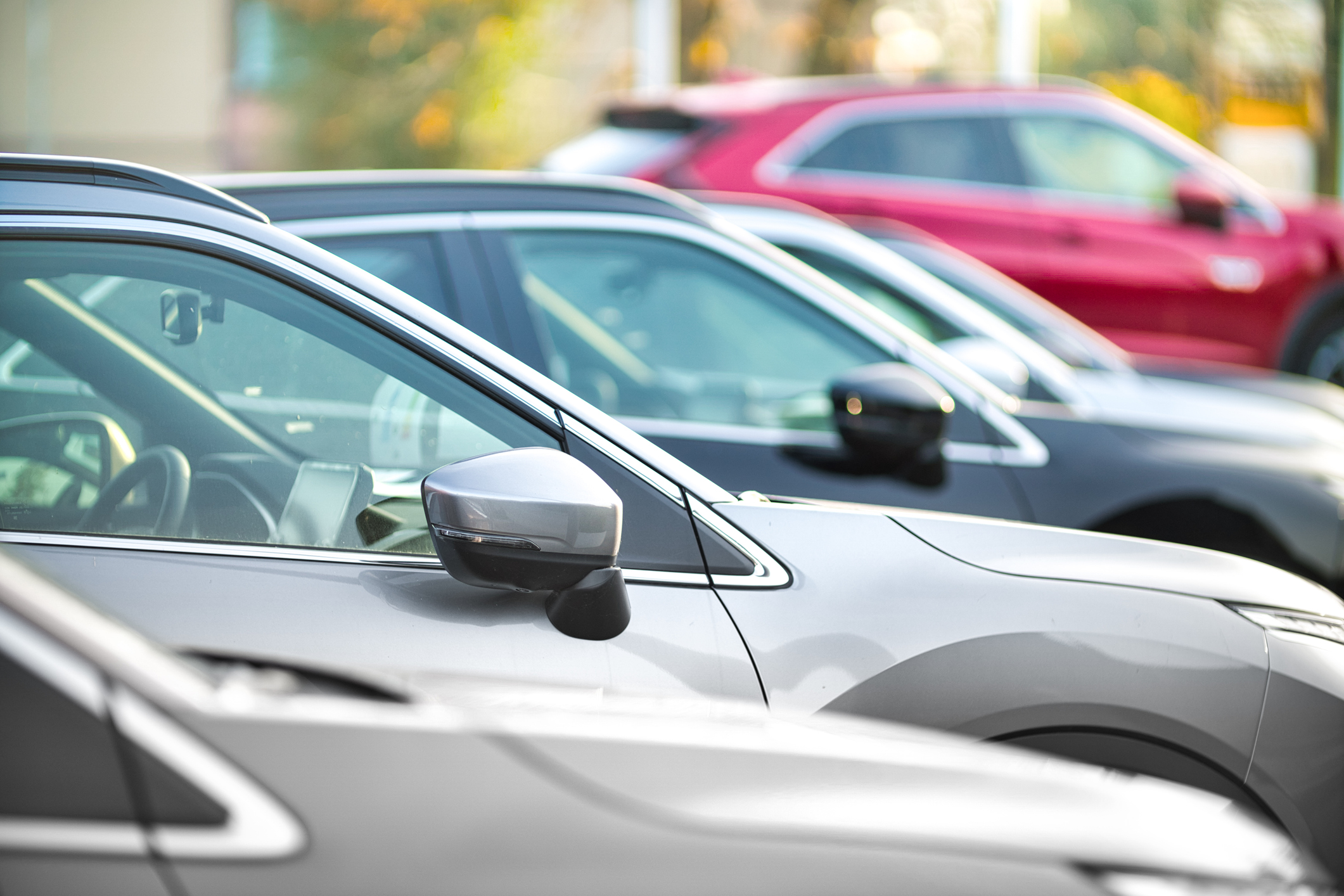When the weather is good and conditions are clear, it’s easy to forget just how treacherous driving in fog can be. Wet weather and low temperatures are more likely to result in foggy conditions, with the long winter months being particularly prone to poor visibility.
While the general advice is not to drive if it’s foggy, this is of little use if fog develops when you’re already on the road, and some journeys are unavoidable. But what should you do when driving in fog? Our advice will help you stay safe.
Check your car
It’s a good idea to carry out regular checks on your car to make sure it’s in tip-top condition mechanically and all the fluids are topped up, but if you’re facing the prospect of driving in foggy conditions, an extra check is a good idea.
Make sure all your lights work – particularly your front and rear foglights. These are unlikely to be used regularly so it’s easy to miss that a bulb has blown.
Have a look at your windscreen wipers too: you want to make sure that fog is the only issue you have to deal with, and ripped or perished wipers will be less effective, hindering visibility. Make sure that your windscreen demister works well and that you know how to set it to maximum easily. Many modern cars have a single button (often a picture of a windscreen marked ‘max’) that directs the fans at the widescreen on maximum power.
Slow down and use caution
Poor visibility can be a major factor in road accidents, so take this into account and slow right down. The Met Office defines ‘dense fog’ as restricting visibility to less than 50 metres, and the average car requires 53 metres to stop when travelling at 50mph, so keep your speed low. Be sure to leave a bigger gap than usual between you and the car in front, too.
Dipped headlights and foglights
It’s vital to use dipped headlights in foggy conditions: sidelights aren’t powerful enough, and full-beam headlights will dazzle other road users and often reflect back off the fog, impairing your visibility even more. If the fog is thick and visibility is less than 100m, turn on your foglights – but make sure to turn them off again when the fog clears, as leaving them on in clear conditions is irritating for other drivers and leaves you liable to a fine.
Junctions in the fog
Junctions pose a particular hazard when driving in fog, as not only are you less able to see other cars approaching, they may be unable to see you as well. It’s sensible to turn off the radio, roll down your window and listen out for approaching traffic at junctions – but remember that hybrid and electric cars may not be audible.
Once you’ve determined it’s safe to pull out, don’t hesitate: drive decisively and minimise the amount of time you spend in the path of oncoming traffic.
Freezing fog and black ice
If temperatures are particularly low, black ice may form. This happens when freezing fog settles on the road and poses a significant danger, as it’s extremely hard to see and very slippery. Keep a close ear out for warnings of freezing fog or black ice in weather forecasts, and drive extremely carefully if you hear warnings.
Fog typically occurs during the autumn and winter months, so for more advice on the subject be sure to check out our winter driving tips. If you’re looking for a new car to cope with cold weather and slippery conditions, check out our list of the top 10 winter cars.
This article was written by Hugo Griffiths from Car Buyer and was legally licensed through the NewsCred publisher network.Please direct all licensing questions to legal@newscred.com.
Read More Articles Like This:
Driving In Heavy Rain And Flooding
Driving Economically: How To Save Fuel
Toll Road And Congestion Scheme Charges Across The UK
![]()

